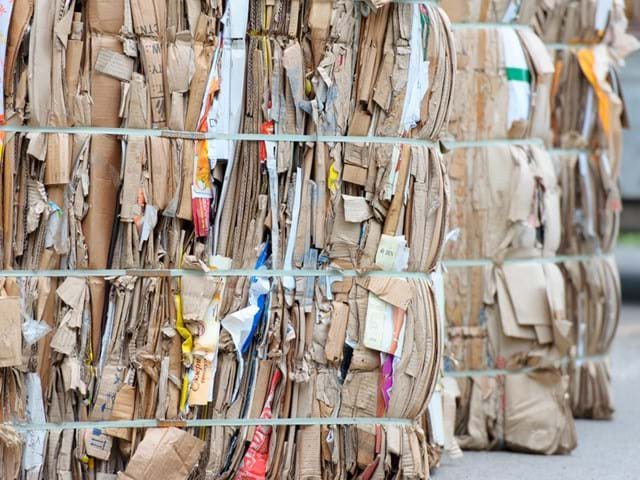The pulp and paper industry has been a pioneer in promoting the concept of a circular economy through its recycling of paper initiatives. Recycling graphic paper began in the 60s in large scale. Today, Europe leads in recycling rate followed by North America and other regions.

What are the challenges of using recycled fibres?
The packaging industry relies heavily on recycled paper. In addition to the existing positive effects it has to our environment, this raw material has a vast capacity for further technical development. Consumers increasingly look to purchase products in sustainable packaging. The increasing shift to online purchases is having a booming impact on the packaging industry due to the shift from B2B shipments in bulk to shipment of individual items directly to the consumer. Therefore, the need for stronger, lighter and more sustainable packaging materials is becoming more and more pronounced.
This, together with the high paper recovery rates makes the production of high quality paper boards a challenge. On the other hand, less graphic paper is produced as habits have changed in recent years. Fewer virgin fibres are introduced into the material to be recycled.

This results in the quality of available recycled fibres becoming progressively poorer over time. Finished product suffers a reduction in strength making it more challenging to meet the demands for high quality packaging.
Several industry experts analyse the reasons and the associated difficulties. The term Fibre Integrity, for example, has been developed to evaluate the quality of recycled fibres. The deterioration of the fibre upon recycling results in shorter fibres with more impurities, which affect mainly the strength of the paper.
The strength of the paper is determined by the quality of the fibres and the quality of the bonding among them. Segmentation of the pulp into different fractions could help to increase the strength. Ideally the low bonding fibres fraction can be treated, the inactive fines fraction can be activated, and the ash fraction can be removed.
Through the use of additives, further strength improvements can be achieved. Borregaard has several products which can help overcome this decrease in fibre quality. If you want to know how Borregaard products can help you with this challenge, click here.
